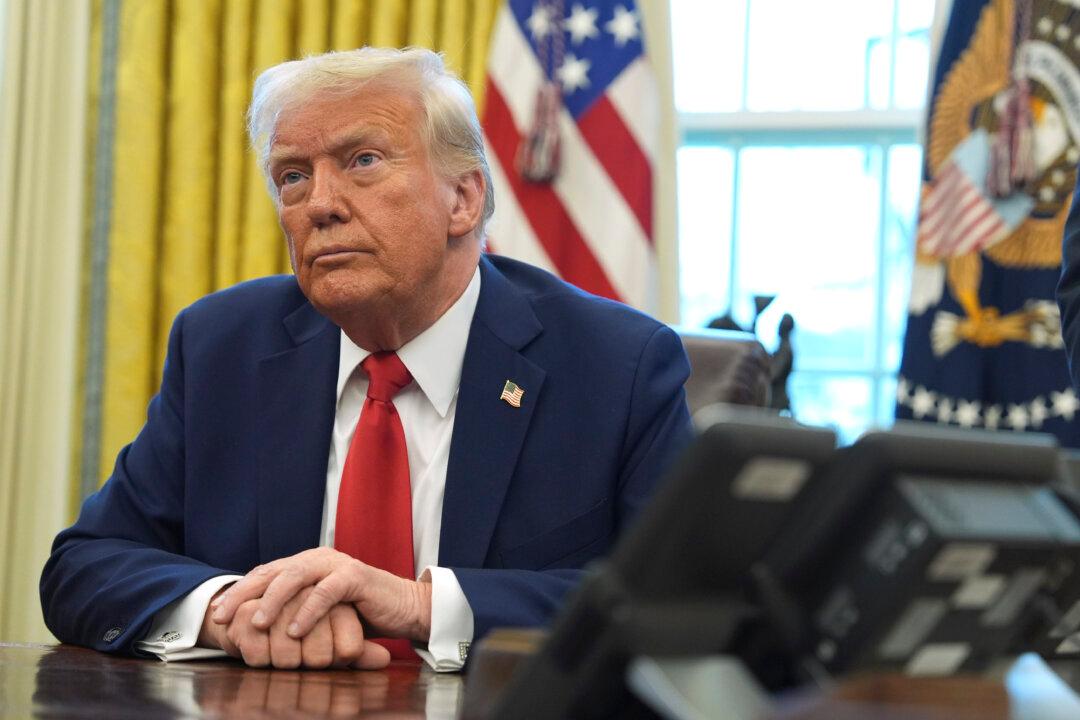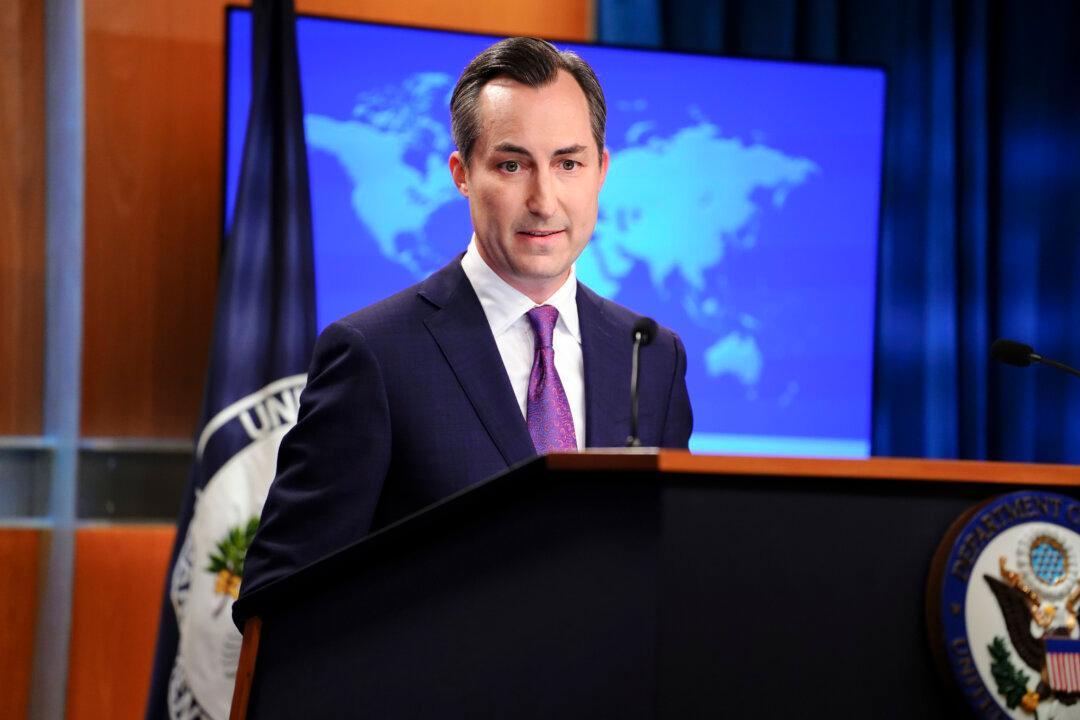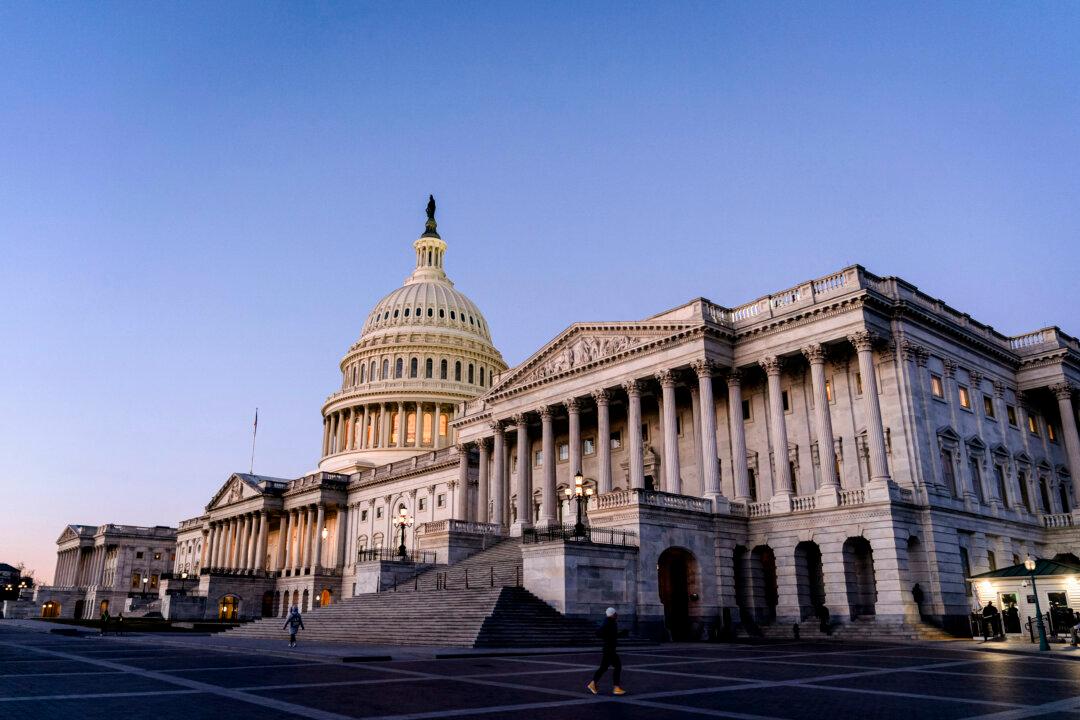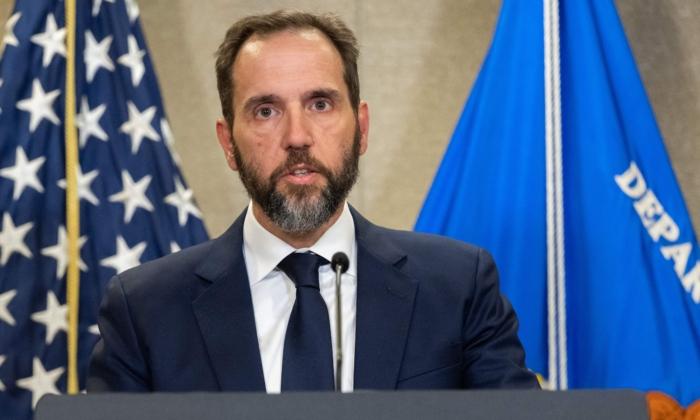Ma Xiaowei, head of the country’s chief health body, the National Health Commission, told provincial health officials in a confidential teleconference on Jan. 14 that the outbreak in Wuhan “is still severe and complex, the most severe challenge since SARS in 2003, and is likely to develop into a major public health event,” according to an internal memo.
The memo, under a section titled “sober understanding of the situation,” said that “clustered cases suggest that human-to-human transmission is possible,” according to the AP report. The document added that with the impending Lunar New Year holiday, during which millions of Chinese citizens travel around the country to celebrate with relatives, “the risk of transmission and spread is high.”
In public, however, Chinese officials and scientists repeatedly downplayed the severity of the outbreak and dismissed concerns that the disease caused by the virus, known as COVID-19, could spread among humans. While officials initially said there was no evidence of human-to-human transmission in early January, they shifted in mid-January to saying there was a “low risk” of transmission between humans. It was not until Jan. 20 that authorities confirmed the disease was contagious.
The revelations come amid growing anger in the United States and elsewhere at the Chinese regime’s initial cover-up of the outbreak, which allowed the disease to develop into a global pandemic.
As a result of the lack of public warnings before Jan. 20, a neighborhood in virus epicenter Wuhan hosted a mass banquet for 40,000 people, and millions of people left the city to travel for Lunar New Year celebrations.
The internal memo said the teleconference was held to communicate instructions from Chinese leader Xi Jinping, premier Li Keqiang, and vice-premier Sun Chunlan, although those instructions weren’t specified, the AP reported.
Ma told regional health officials that political considerations and social stability were top priorities in the lead-up to the regime’s two most important political meetings of the year in March, the memo noted. Those meetings were later canceled due to the outbreak.
After the teleconference, the National Health Commission issued a 63-page set of instructions to provincial health officials marked “internal”— “not to be spread on the internet,” and “not to be publicly disclosed,” the AP reported. The document ordered health officials across the country to identify suspected cases; for hospitals to open fever clinics; and health workers to wear protective gear.
The Center for Disease Control and Prevention (CDC) in Beijing also implemented its highest-level of emergency response internally on Jan. 15, the AP said, citing a second internal notice. It set up 14 working groups headed by top CDC leaders to carry out tasks, including training health workers, collecting data, conducting field investigations, and supervising laboratories, the notice said.
The Chinese regime also closed down efforts to research the virus. On Jan. 1, the Hubei provincial health authority instructed a genomics company to stop testing virus samples and to destroy all existing samples, Chinese financial magazine Caixin reported.





